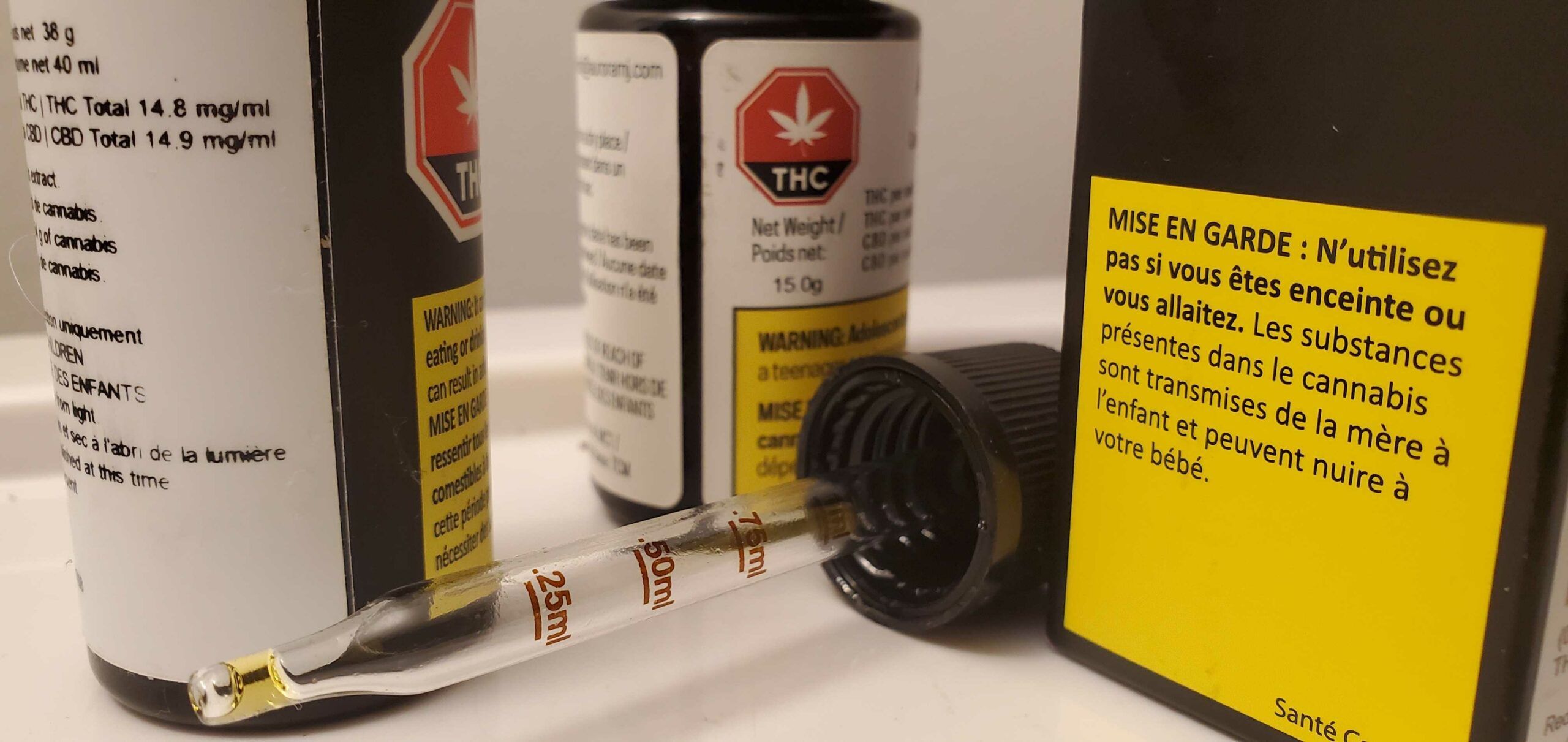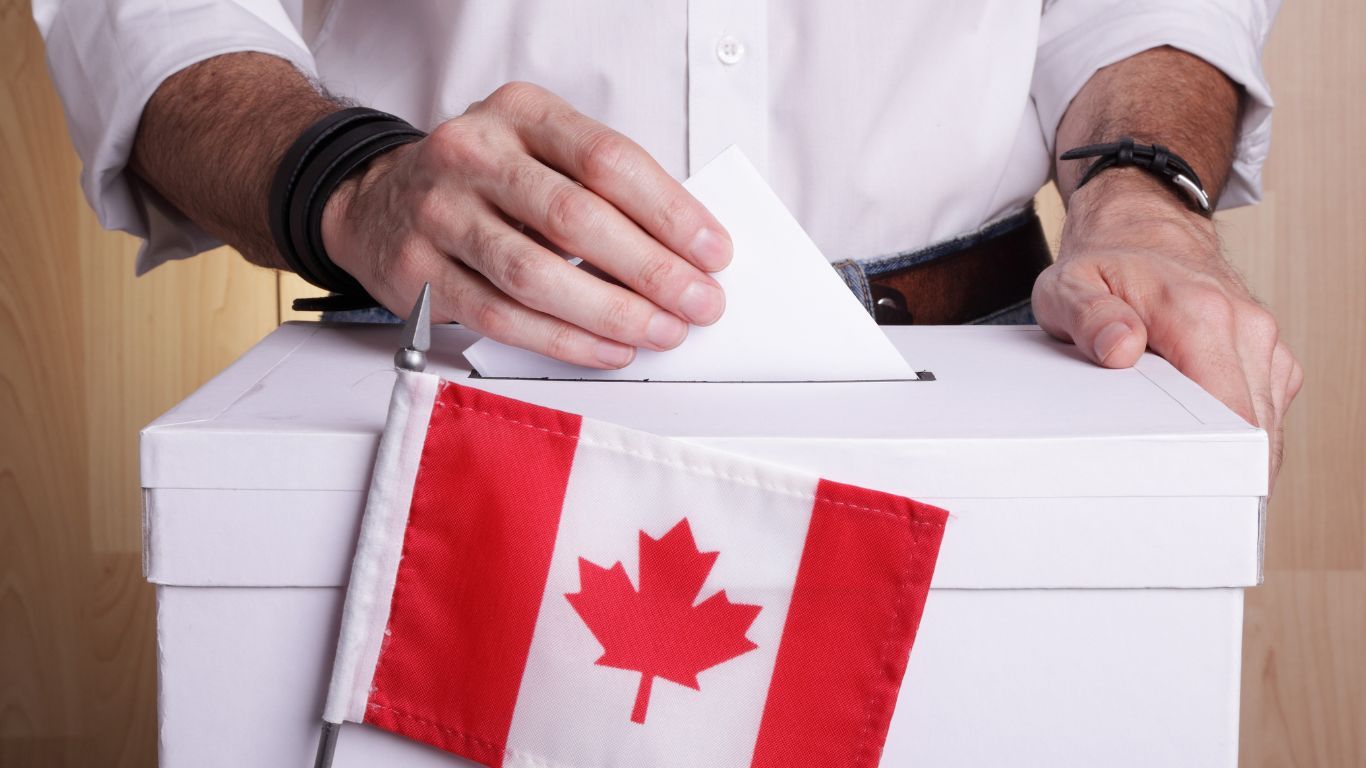
Medicating with cannabis oil products might soon become slightly less convenient for patients, especially those on high dose THC or CBD treatment plans.
Cannabis oil products are shifting categories under the regulations to the broader category of ‘extracts’, beginning next year. Changes in regulations from Health Canada will affect packaging, labelling, and how patients measure out a dose. For cannabis patients this means learning new terms, possibly changing the way they’ve used oils in the past, and understanding how to read new packaging labels.
The good news is the changes are minor and the transition is already underway for some licence holders, including East Coast cultivator Aqualitas.
“Our medical clients are taking it in stride,” says Coleen Nolan, Medical Program Coordinator for Aqualitas in a phone interview. “We started transitioning back in July to our new bottles in anticipation of the upcoming requirements. We are still able to offer our full range of organically produced oil products, including our high THC options, despite the changes.”
What’s new
Cannabis patients, and consumers in general, might recognize the new regulations which are currently in effect for other products in the ‘extract’ category like edibles, beverages, and concentrates. New labeling will move away from percentages of CBD and THC, specifying instead mg/mL or mg/unit.
“Some producers have what is going to be required already on their packaging and others are still transitioning. As a result consumers are likely seeing the old way (percentages of THC and CBD) as well as the new way (mg/mL or activation) on their cannabis products,” explains Nolan.
Cannabis oil packaging varies by provider, they traditionally have come in a sublingual spray or bottle with accordion or dropper inserts. Patients could spray or simply pour the oil onto a spoon or they could use the insert to utilize the dropper or syringe provided. That sort of open pour style bottle will no longer be compliant as the Act prohibits more than 10mg of THC per activation. How each provider will update their packaging is still unfolding, regardless patients can expect to see new types of packaging currently and in the coming months.
Some providers are moving to a drop based delivery system, as was the case with Aqualitas. “There is a dropper insert that is now inside the bottle, you invert the bottle and drops come out. The bottle is designed to use gravity to allow drops to come out naturally when inverted, or a person could give the bottle a squeeze in order to accelerate the process,” says Nolan.
There will be math
There is no universal standard for how to package oils and as a result patient experiences will vary. While dropper bottles are not the only kind of compliant packaging for oils, several oils on the market have adopted this delivery method. In the cases of dropper bottles, patients should prepare themselves for tedious amounts of counting.
For example, say a patient is on a regime of 30mg of THC a day – if a product has 10mg THC per activation and there are 15 drops in an activation, the patient is counting out 45 drops total. Nolan acknowledges that counting drops is less user friendly than the old system and shares the key to success is consumer education and easy to understand labels.
For the Aqualitas oils that means breaking down for medical clients the amount of CBD/THC per activation and how many drops are in one activation. What constitutes an activation will vary not only by licence holders, but internally as well. Nolan explains the number of drops in an activation is largely dependent on the oil itself, influenced by factors like oil density and cannabinoid content. The variability among products and producers is why clear labelling and consumer education is crucial.
It is unclear whether producers can simply manufacture oil bottles with the accordion insert already inside to be compliant. A representative from Health Canada wasn’t able to confirm or deny if an oil bottle in this format would be compliant. According to the liaison, Health Canada assesses compliance with the provisions of the Cannabis Act and the associated regulations on a case-by-case basis.
Nolan explained that Aqualitas chose the dropper delivery method to be compliant, sharing that the accordion insert released too much oil when inverted. It stands to reason that factors like oil viscosity and cannabinoid content might influence what constitutes a compliant delivery method.
Comprehension is key
Any change to cannabis medicine, even small ones, can present a challenge for patients. Luckily, there does not appear to be a disruption to the availability of high THC oils despite the tighter regulations. It is still unclear how all licence holders will adapt and/or if dropper bottles will become an unofficial standard. There are challenges to the drop system of delivery, namely the onerous counting. Nolan doesn’t skirt around this issue in our interview, explaining that Aqualitas is dedicated to the people who rely on them for cannabis medicines.
Though feedback so far has been positive, the team are looking for more user friendly, compliant, and sustainable packaging. “We are continuing to try and meet medical clients’ needs, in terms of what cannabis medicines they need, in what format, and delivery methods. We are continually trying to improve our process for the best product, which includes using sustainable, accessible packaging. We are here to help people understand how to use their medicine and that they will have the same access to their medicine within the new regulations.”











